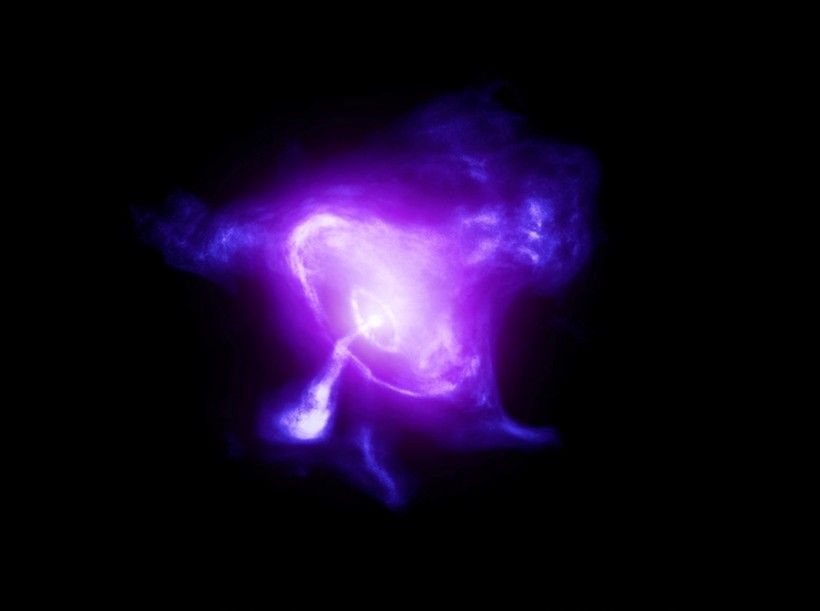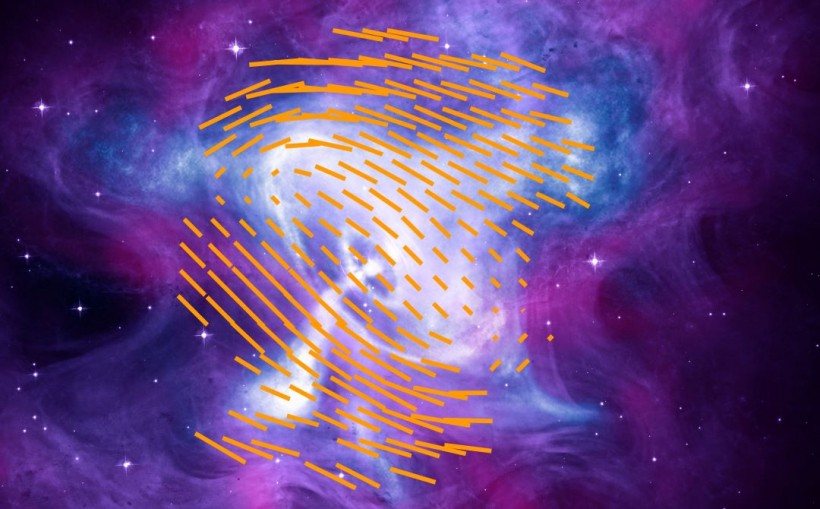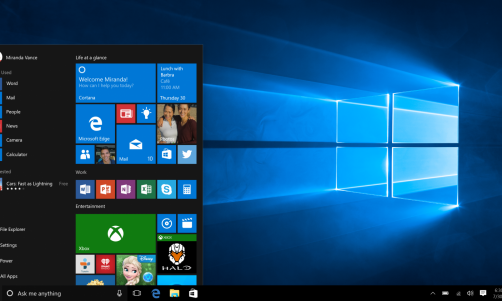NASA is shedding some new light on the Crab Nebula.
The space agency recently released a photo of the nebula in question using its Imaging X-ray Polarimetry Explorer (IXPE) satellite, revealing new information about its magnetic field.
NASA launched its IXPE satellite in early December 2021 to better study the polarization of X-rays from objects like exploded stars and black holes.
Crab Nebula IXPE Photos Details

NASA mentioned in its recent blog post that the new images it took of the Crab Nebula showed that its magnetic field resembles that of the Vela Pulsar Wind Menula, another donut-shaped nebula. However, what sets the Crab Nebula's magnetic field apart from the Vela Pulsar Wind Nebula's is that its turbulence is more patchy and asymmetrical.
Niccolò Bucciantini, the lead author of the study and astronomer at the INAF Arcetri Observatory in Florence, Italy, mentioned that the patchiness and asymmetry of the Crab Nebula's magnetic field is a clear indication that the models developed in the past don't fully capture the complexity of the Crab Nebula with the use of advanced numerical techniques.

The nebula around the Crab contains a donut-shaped magnetic field, which NASA’s Imaging X-ray Polarimetry Explorer (IXPE) observed. The orange lines highlight the shape of the magnetic field determined by IXPE. It is superimposed on a composite image made with data from the Chandra X-Ray Observatory (blue and white), Hubble Space Telescope (purple), and Spitzer Space Telescope (pink).
To view the asymmetry and patchiness of the Crab Nebula's turbulence, NASA added orange lines on IXPE's picture to highlight the shape of its magnetic field that the satellite determined. It also superimposed the composite image from the Chandra X-Ray Observatory, Hubble Space Telescope, and Spitzer Space Telescope.
Read More: MacBook Shipments Drop by 40% as Apple Seen to Suffer from Dwindling PC Sales
The resulting image is a mix of blue, white, purple, pink, and magenta, capturing all the possible areas where the Crab Nebula's magnetic field should be and how asymmetrical and patchy it is.
History Of The Crab Nebula
The Crab Nebula is a wispy and filamentary cloud of gas and dust that Chinese astronomers discovered in 1054 as a remnant of a supernova explosion. Within its center is a spinning neutron star, known as the Crab Pulsar, that spews jets of radiation from its poles, per Space.com.
A neutron star is the usual aftermath of a supernova explosion when a dying star's fuel runs out and collapses on itself but is not massive enough to form a black hole, per NASA.
The nebula and the neutron star that formed it is a favorite subject of study among astronomers, with astronomer Martin Weisskopf and his colleagues hope to understand the "extreme environment" in the Crab Nebula by measuring the polarization of X-rays from the Crab Nebula, which shines brightly in X-rays.
This desire to know more about the Crab Nebula directly led to the development and launching of NASA's IXPe, which launched on Dec. 9, 2021.
What Is NASA's IXPE?
NASA's IXPE satellite is a space observatory borne from the joint effort between NASA and the Italian Space Agency to better study the polarization of X-rays coming from celestial objects like black holes and exploded stars, a category wherein the Crab Nebula and Pulsar fall under.
The space observatory comes with three identical telescopes that each have a mirror assembly and a polarization-sensitive detector. According to the European Space Agency's EO Portal, IXPE's mirrors need to be about 13 feet (4 meters) away from the detectors to focus on X-Rays.
NASA plans to decommission the space observatory on Dec. 9, 2023, two years after it launched into orbit.
Related Article: #SpaceSnap The Alluring Crab Nebula Captured by the Hubble and Herschel Space Telescopes













